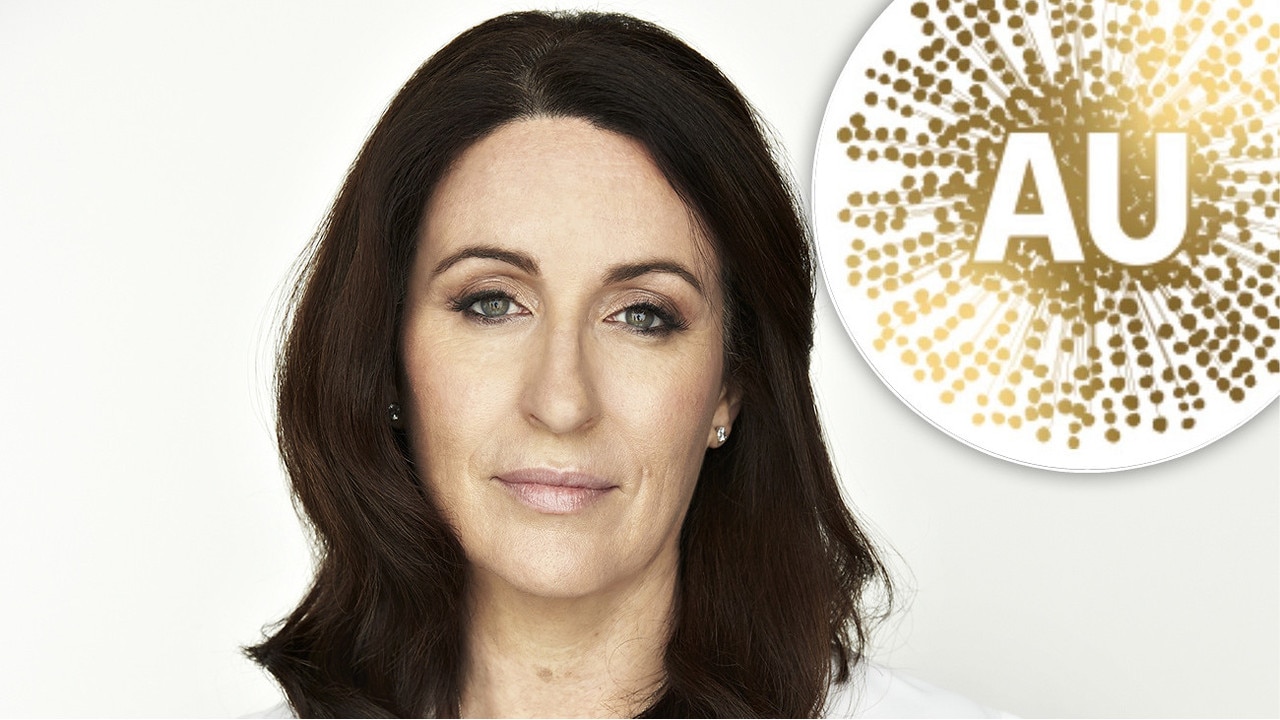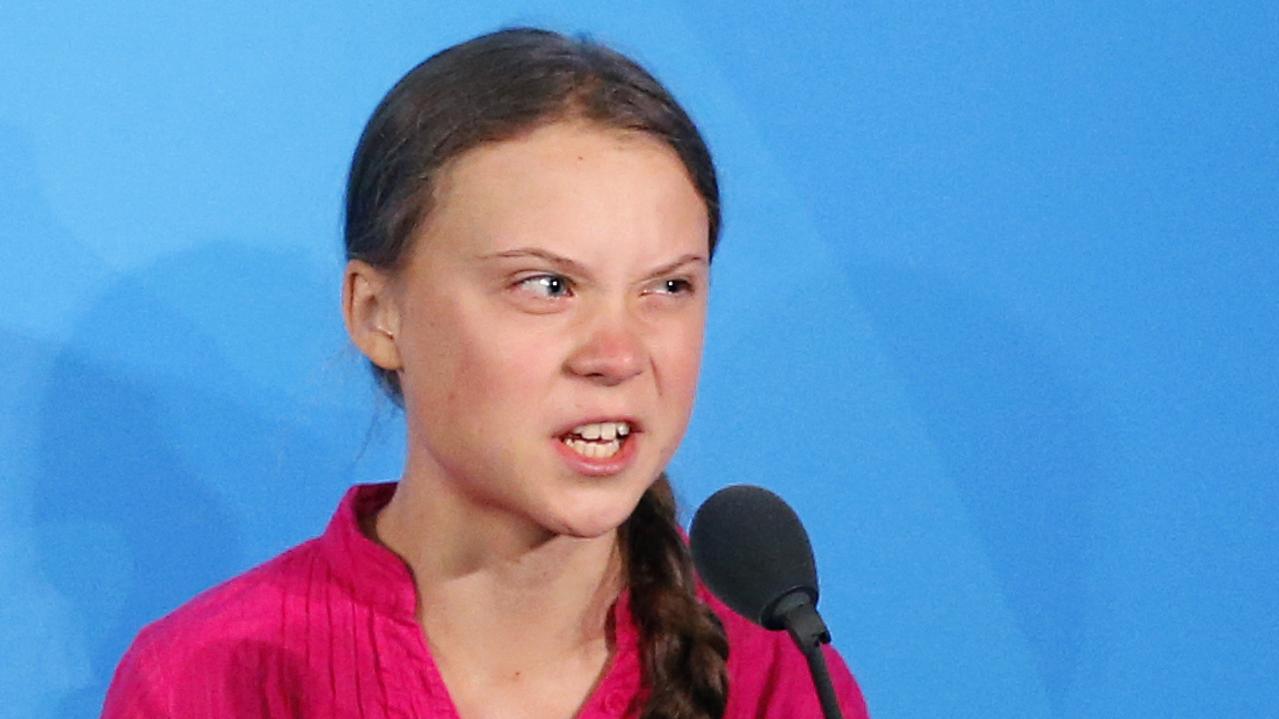Mardi Gras started as a protest movement, so do we still need it?
LGBT people enjoy greater legal protections and acceptance than ever before. So do we really still need the gay and lesbian Mardi Gras?
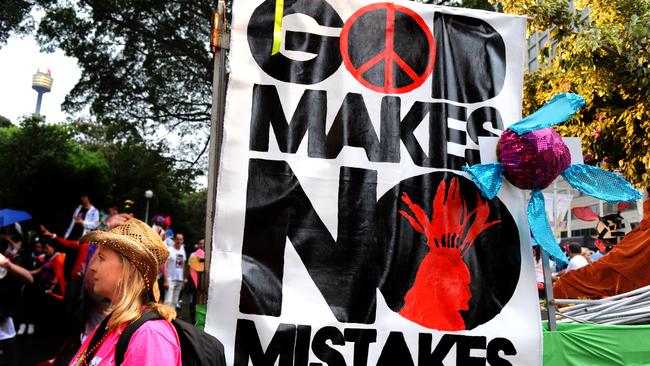
Rendezview
Don't miss out on the headlines from Rendezview. Followed categories will be added to My News.
In the next couple of weeks, Sydney’s annual Gay and Lesbian Mardi Gras will roll through the city. Some will look at the glitter-drenched streets teeming with buff leather daddies and teenagers in rainbow speedos and wonder if this sweaty, sparkly display of queer culture is how we should be approaching the equal rights struggle.
Others will question whether an event designed for LGBT people is even necessary at all given that nowadays whole swathes of the world are lit up in rainbow colours and same-sex attracted and gender nonconforming people enjoy greater legal protections than ever before.
But it wasn’t always that way. It was only a scarily short while ago when homosexuality was synonymous with abnormality and deviancy (arguably, it still is in some cases — looking at you, Australian Christian Lobby) and regarded with contempt and disgust by the majority.
If it wasn’t outright criminalised, it was treated as a mental illness, something to be feared and reviled.
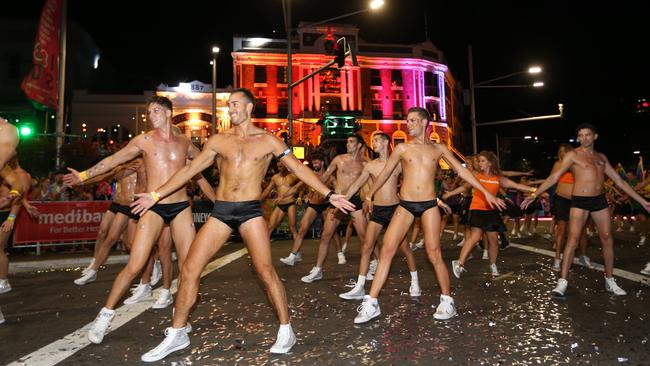
There certainly weren’t any parades back in those days apart from the occasional march populated by a paltry few dozen protesters at best. Far from lacking support, most gay men didn’t dare attend for fear of being outed and losing their jobs as well as damaging their relationships with friends and family. Those that did show up were quietly respectful and conservatively dressed to avoid confrontation with law enforcement, which could end in beatings and arrests.
Things only started to shift after the Stonewall Riots in 1969 which saw a misfit crowd comprised of drag queens, hustlers and homeless youth face off against heavily armed police following a raid on a popular gay bar in New York City’s famously bohemian Greenwich Village neighbourhood gone wrong.
Over the course of a week, protesters formed picket lines, smashed windows and repeatedly clashed with officers to make a statement about rampant police brutality. It was the first demonstration of its kind to garner extensive media attention and was led by the sort of colourful, musical characters who would be at home at Mardi Gras — all in all, a far cry from the mild methods used by the “respectable” campaigners calling for assimilation with straight society.
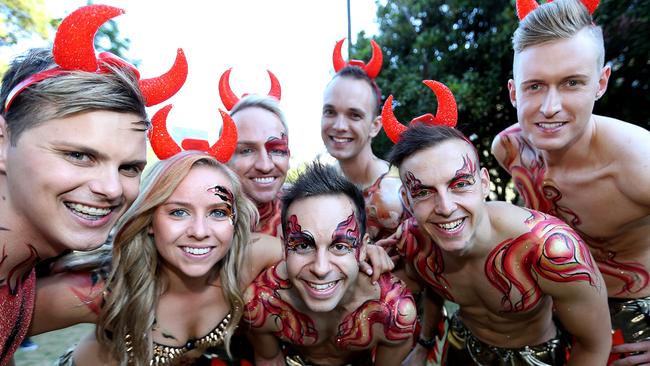
Nowadays, the Stonewall Riots are considered a watershed moment in LGBT history, kicking off the pride movement we know today. Likewise, Australia’s own Stonewall moment came almost a decade later, in 1978, when Sydney gay rights activists honouring the anniversary of the riots by marching down Oxford Street were met with an unexpectedly vicious police response that resulted in hundreds of arrests. Instead of suppressing the cause before it had begun, the tyranny of homophobic law enforcement ensured Mardi Gras would become a permanent fixture even 40 years later.
Both Stonewall and Mardi Gras represent a departure from the restrictive notion of respectability which has historically served to preserve the status quo. By embracing more extreme methods, and perhaps risking alienating potential straight allies, gay activists launched the gay liberation movement well and truly into the mainstream.
That’s what the purposefully over-the-top Mardi Gras is about. As well as being a celebration of gay counterculture, it’s a testament to the resilience of the LGBT community and a brazenly giant middle finger to homophobes everywhere, which is important given that despite progress made in recent times, LGBT people — and teens in particular — still suffer drastically higher rates of depression, suicide and homelessness.
So for those who resent Mardis Gras and gay pride in general, maybe start by creating a more accepting society where these rallies aren’t needed. Because as long as out and proud remains such a radical notion, pride celebrations will always be necessary.
Until then, enjoy the show.

